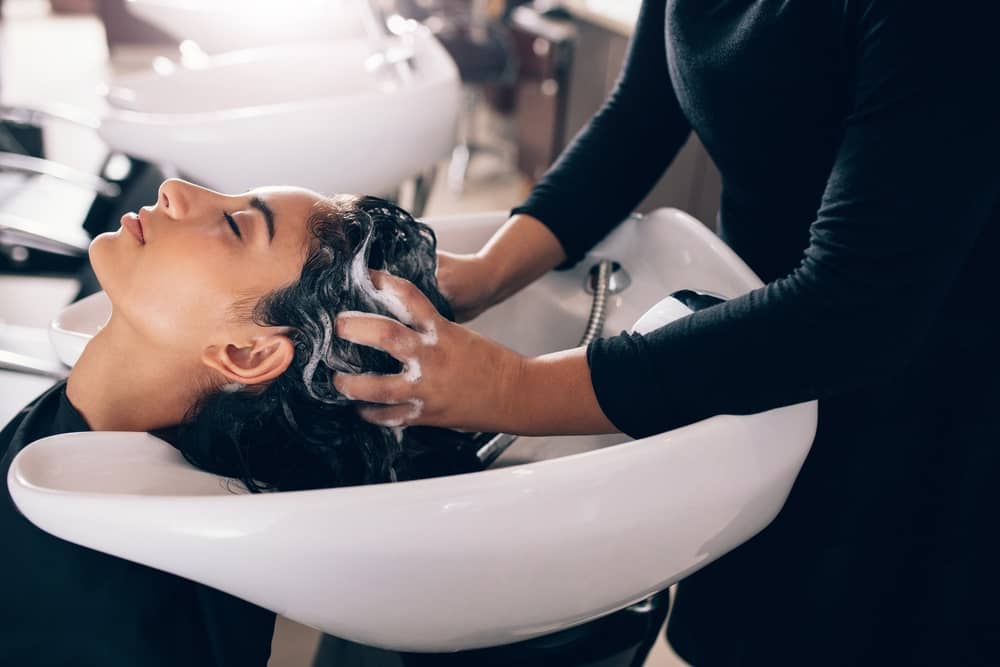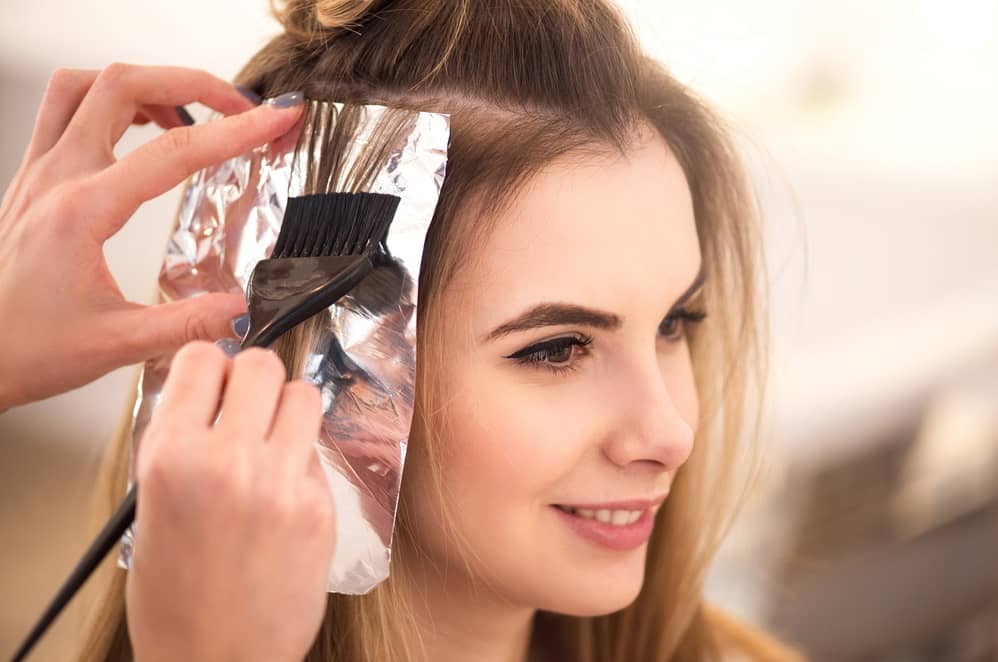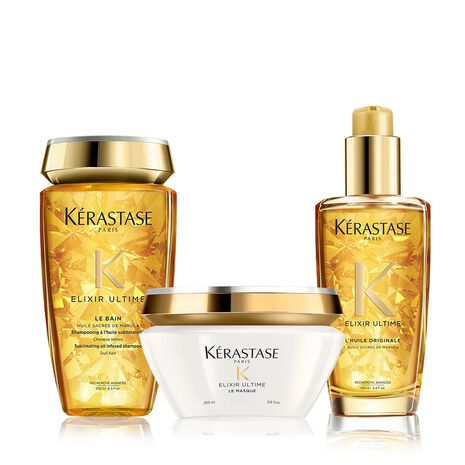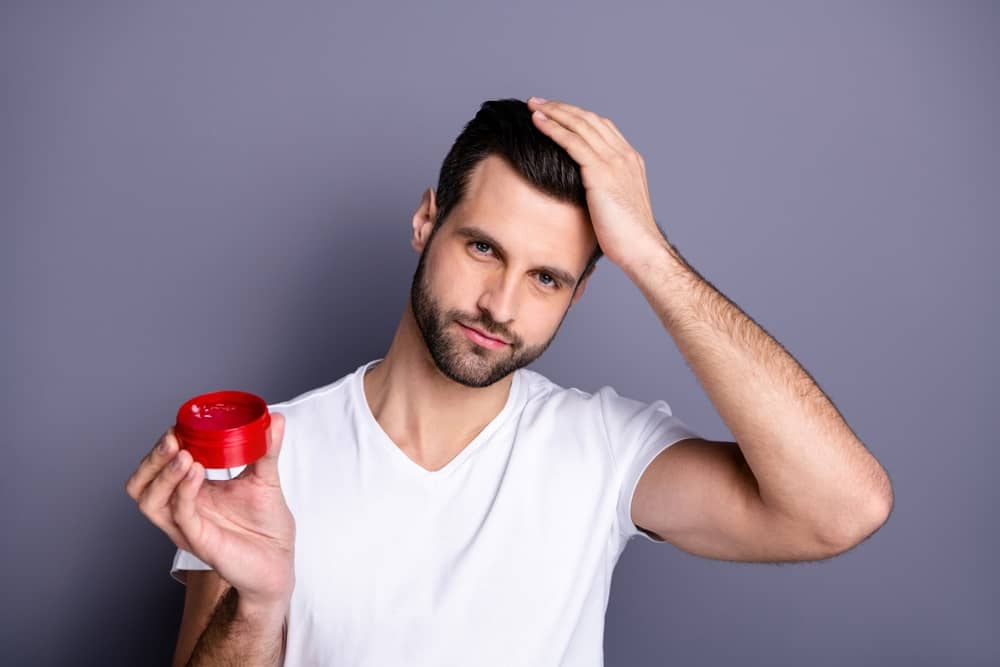Taking care of your beard isn’t just about looking good; it’s about maintaining the health and vitality of your facial hair. Beard oil is a crucial part of any grooming routine, keeping your beard soft, shiny, and well-moisturized. While plenty of beard oils are available on the market, making your own at home offers a personalized touch and the satisfaction of crafting something unique. Here’s a step-by-step guide to creating your homemade beard oil.
Why Make Your Own Beard Oil?
Before diving into the process, let’s talk about why you might want to make your own beard oil:
- Customization: You get to choose the oils and scents that work best for your skin type and beard needs.
- Cost-Effective: While quality beard oils can be expensive, making your own can save you money in the long run.
- All-Natural Ingredients: You can ensure that only natural, skin-friendly ingredients go into your beard oil, avoiding any unwanted chemicals or additives.
What You’ll Need
To start, you’ll need a few essential ingredients and tools. The ingredients are divided into two categories: carrier oils and essential oils.
- Carrier Oils: These are the base of your beard oil and are crucial for moisturizing the skin and hair. Some popular options include:
- Jojoba Oil: Mimics the skin’s natural oils, making it great for moisturizing without clogging pores.
- Argan Oil: Rich in Vitamin E, it’s excellent for nourishing the hair and adding shine.
- Sweet Almond Oil: Lightweight and perfect for reducing beard itch and dandruff.
- Coconut Oil: Known for its deep moisturizing properties, though it’s a bit heavier than other oils.
- Essential Oils: These add fragrance and can offer additional benefits, such as soothing the skin or promoting hair growth. Here are a few options:
- Lavender Oil: Calming and soothing, it’s perfect for sensitive skin.
- Peppermint Oil: Provides a refreshing, cooling sensation and can stimulate hair follicles.
- Tea Tree Oil: Great for preventing beard dandruff and acne due to its antifungal properties.
- Cedarwood Oil: Offers a warm, woody scent and helps to balance oil production.
- Tools:
- Dropper Bottle: A small glass bottle with a dropper is ideal for storing and applying your beard oil.
- Funnel: Useful for pouring the oils into the bottle without spilling.
- Measuring Spoons: For accurately measuring your ingredients.
Step-by-Step Guide to Making Beard Oil
Now that you have your ingredients ready, let’s make some beard oil.
- Choose Your Base (Carrier Oils):
- Decide on the combination of carrier oils. A good starting point is a 1 oz (30 ml) bottle, which typically holds about 2 tablespoons of oil.
- For a balanced beard oil, you might use 1 tablespoon of jojoba oil and 1 tablespoon of argan oil. Adjust the ratios based on your preference.
- Add Essential Oils:
- Essential oils are potent, so you’ll only need a few drops. For a 1 oz bottle, 6-10 drops of essential oil is sufficient.
- For example, you could add 5 drops of cedarwood oil and 3 drops of lavender oil for a soothing, woodsy scent.
- Mix and match until you find a scent profile that suits you.
- Mix and Store:
- Use the funnel to pour the carrier oils into your dropper bottle.
- Add the essential oils carefully, ensuring not to exceed the recommended amount.
- Close the bottle and shake it gently to mix the oils thoroughly.
- Test and Adjust:
- Before using your beard oil, do a patch test on a small area of your skin to ensure you don’t have any allergic reactions.
- If the scent or consistency isn’t to your liking, adjust the ratios until it feels just right.
- Application:
- After washing your face, apply a few drops of the oil to your beard. Rub it in gently, ensuring it reaches the skin beneath your beard.
- Use a beard comb or brush to distribute the oil evenly through your beard.
Tips for the Perfect Beard Oil
- Start Small: If you’re new to making beard oil, start with a small batch. This way, you can experiment with different oils and scents without wasting ingredients.
- Keep It Fresh: Store your beard oil in a cool, dark place to keep it fresh for longer. Most homemade beard oils can last up to six months.
- Experiment with Scents: Don’t be afraid to try new essential oil combinations. Citrus oils like orange or lemon can add a fresh, invigorating note, while eucalyptus offers a crisp, clean scent.
Final Thoughts
Making your own beard oil is a rewarding experience that allows you to tailor your grooming products to your exact needs. With just a few natural ingredients, you can create a personalized blend that keeps your beard looking and feeling its best. Plus, it’s a fun project that connects you more deeply to your grooming routine. Give it a try, and your beard will thank you.








